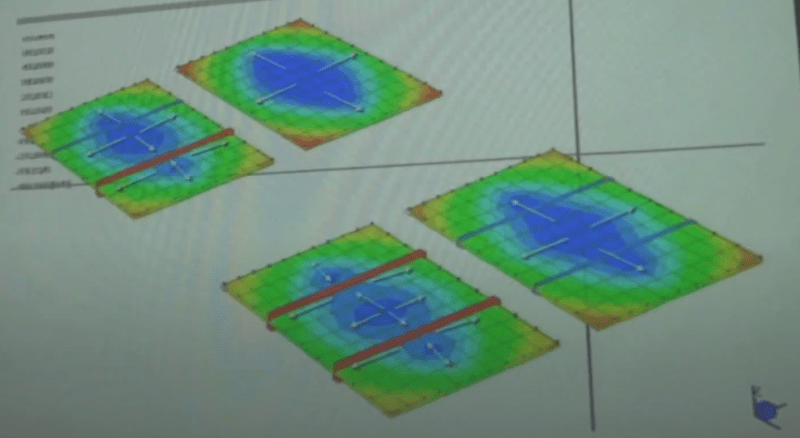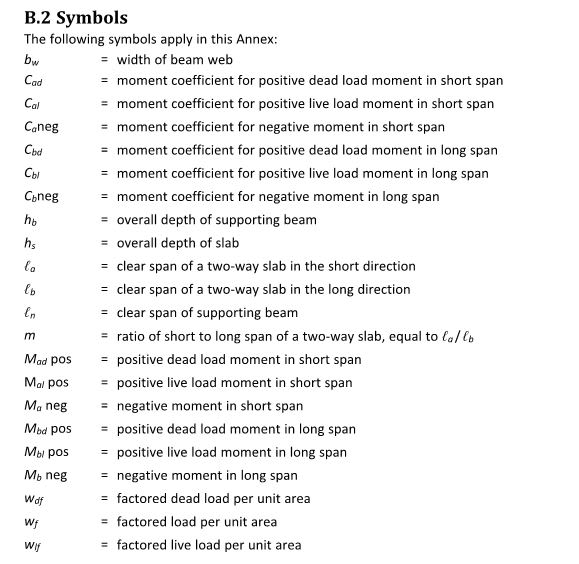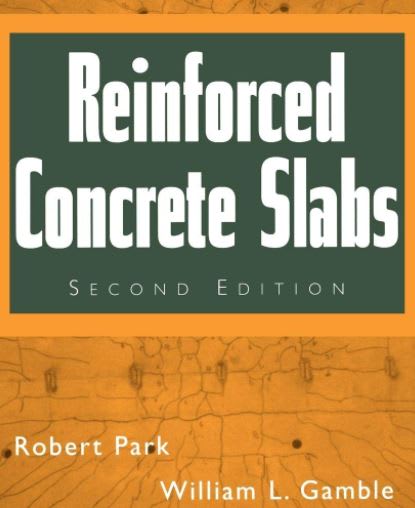struggle67
Structural
Hi,
Someone told me that if a beam is not stiff/deep enough, it wont behave like a beam and attract all the loadings like a beam would. It will be like localized thickening of slab or like a beam in the column strip of a flat slab.
I think that he is right but I couldn't find any defination in the code. Why codes do not differentiate it? Is there any way to differentiate or should I just rely on FEM results?
And Wish you all HAPPY NEW YEAR!

Someone told me that if a beam is not stiff/deep enough, it wont behave like a beam and attract all the loadings like a beam would. It will be like localized thickening of slab or like a beam in the column strip of a flat slab.
I think that he is right but I couldn't find any defination in the code. Why codes do not differentiate it? Is there any way to differentiate or should I just rely on FEM results?
And Wish you all HAPPY NEW YEAR!






